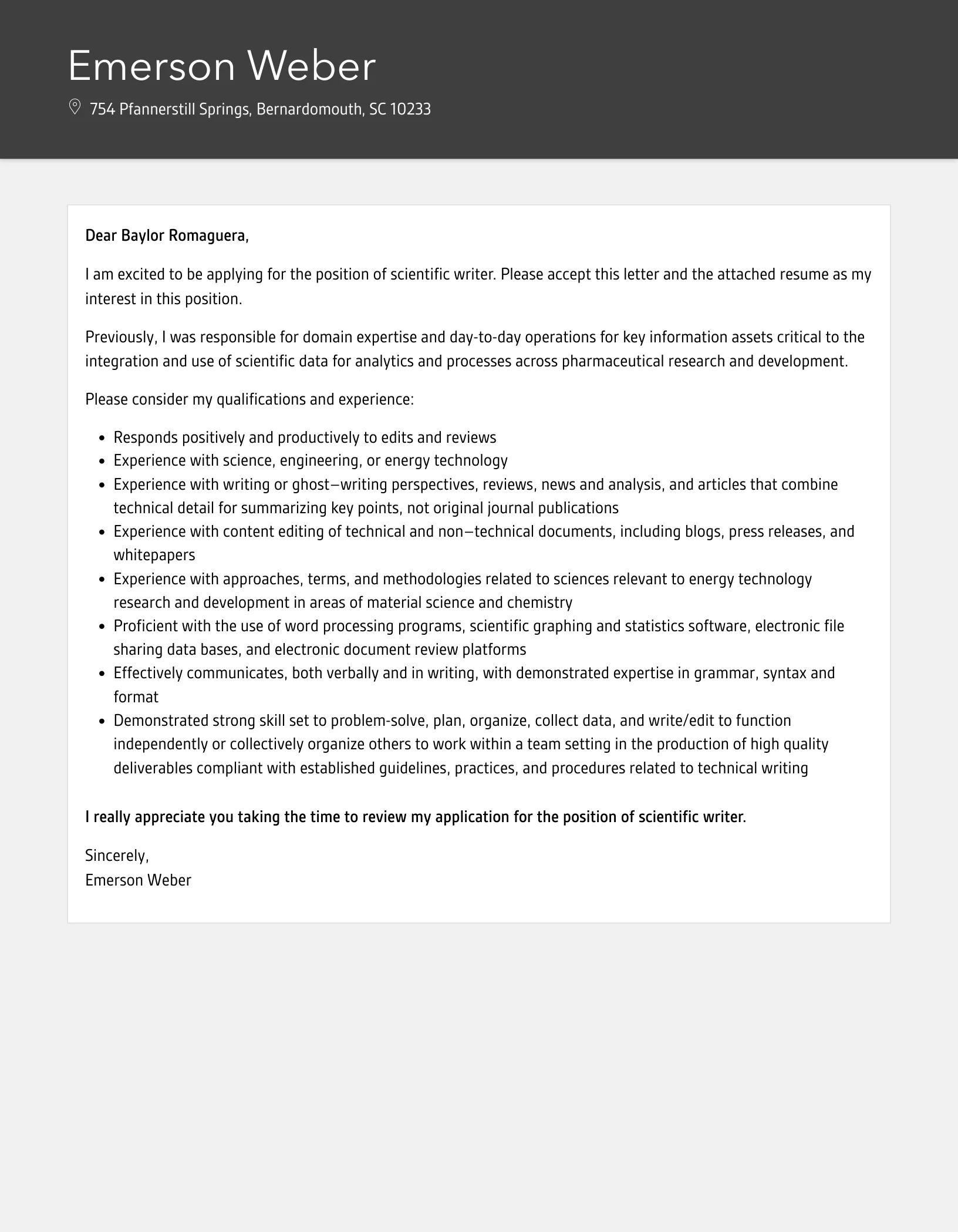Submitting a manuscript to a scientific journal is a significant step in disseminating your research findings. While the research itself is paramount, a well-crafted cover letter is equally crucial. This letter serves as your introduction to the editor and sets the tone for your submission. A compelling cover letter can significantly increase the likelihood of your manuscript being considered for publication. This guide will walk you through the essential elements of a cover letter for scientific journals, ensuring your submission makes a strong first impression and increases your chances of success.
Understanding the Cover Letter’s Role
The cover letter is more than just a formality; it’s a vital communication tool. It serves as a concise summary of your research, a justification for its publication, and a personal introduction to the editor. Think of it as your elevator pitch, highlighting the key aspects of your work and why it should be considered for the journal. This is your chance to make a positive first impression and persuade the editor that your research aligns with the journal’s scope and impact.
Why the Cover Letter Matters
In the competitive landscape of scientific publishing, editors often receive numerous submissions. A well-written cover letter can differentiate your manuscript from the rest. It demonstrates professionalism, attention to detail, and a clear understanding of the journal’s requirements. A poorly written or generic cover letter can lead to immediate rejection, regardless of the quality of your research. The cover letter also allows you to address any potential issues the editor might identify, such as conflicts of interest or ethical considerations.
Key Components of a Cover Letter
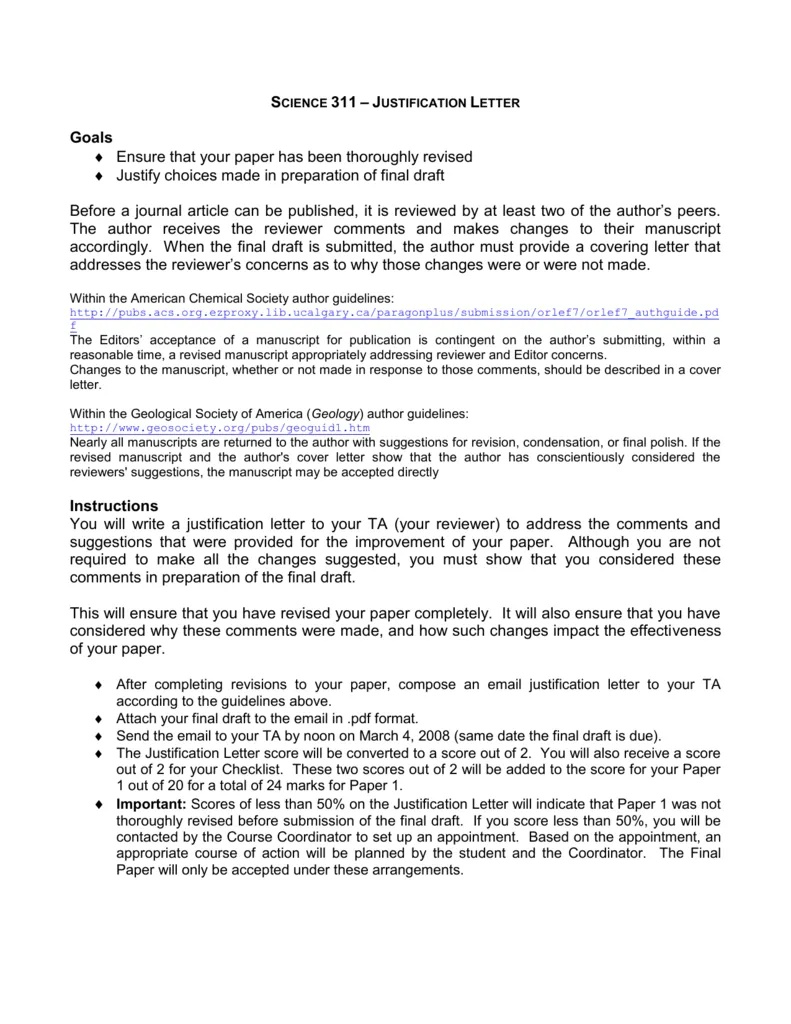
A strong cover letter typically includes several key components, each serving a specific purpose in convincing the editor of your manuscript’s merit. Structuring your cover letter around these elements will ensure that you provide all the necessary information in a clear and concise manner.
Author Details and Contact Information
Begin by providing the corresponding author’s full name, affiliation, and complete contact information (including email address and phone number). This ensures the editor can easily reach you with any questions or decisions regarding your manuscript. If there are multiple authors, you may briefly list them and their affiliations, indicating the corresponding author clearly.
Manuscript Overview and Summary
Provide a concise overview of your manuscript, including the title and type of manuscript (e.g., original research article, review, etc.). Briefly summarize the main findings and their significance in a few sentences. This should capture the essence of your research and pique the editor’s interest.
Highlighting Your Manuscript’s Significance
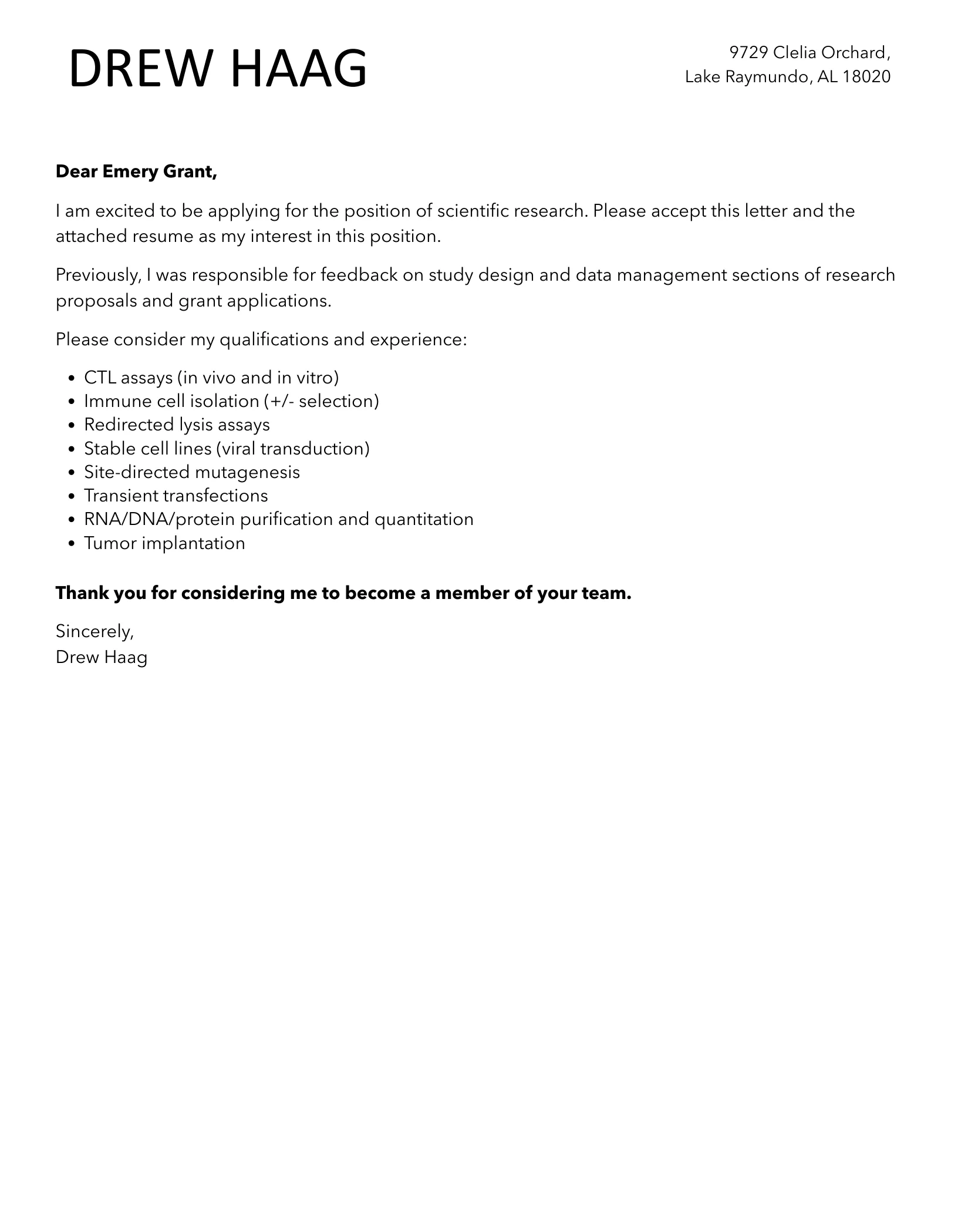
Clearly articulate the novelty, originality, and potential impact of your research. Explain why your findings are important and how they contribute to the existing body of knowledge. Mention any specific aspects that make your research stand out, such as innovative methodologies or groundbreaking results. This is your chance to sell your work and persuade the editor of its value.
Addressing the Target Journal’s Requirements
Specify why you have chosen this particular journal for your manuscript. Mention that the work aligns with the journal’s scope, audience, and editorial policies. If you have followed specific guidelines, state that clearly. If there are any specific instructions or requirements from the journal (e.g., word count limits, figure formatting), mention that you have adhered to them.
Formatting and Style Guidelines
Adhering to proper formatting and style guidelines is crucial for presenting a professional cover letter. Following these guidelines demonstrates respect for the editor and the journal.
Proper Formatting Techniques
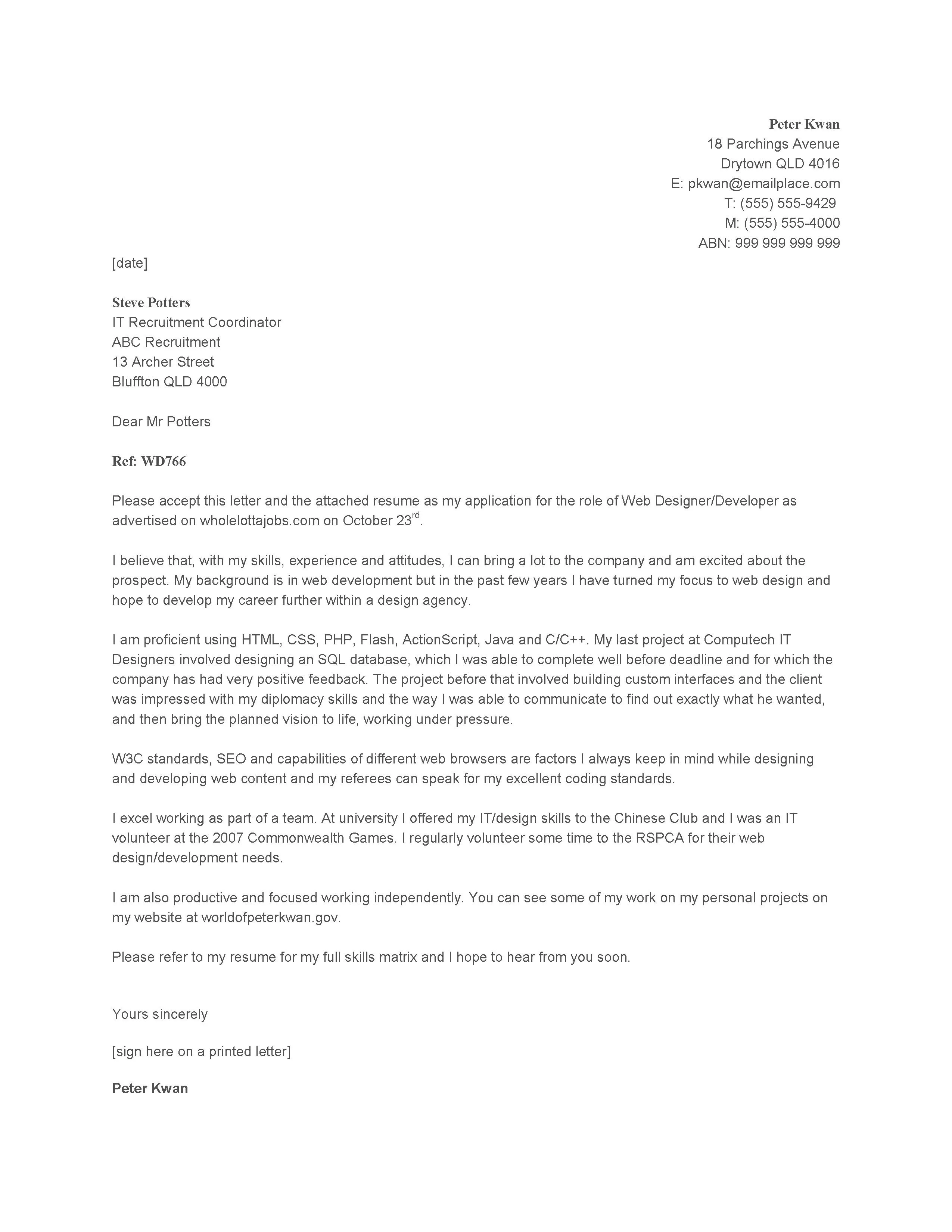
Use a clear and professional font, such as Times New Roman or Arial, with a standard font size (e.g., 12 points). Ensure proper margins (typically 1 inch on all sides) and double-space the text for readability. Use a formal business letter format, including the date, the editor’s name (if known), and the journal’s address. Use a clear and concise paragraph structure.
Ensuring Clarity and Conciseness
Keep your cover letter concise and to the point. Avoid jargon or overly technical language that might not be understood by all editors. Each sentence should convey essential information clearly and efficiently. Aim for a letter that is no more than one page long. Your goal is to be persuasive without being verbose.
The Importance of Tone and Language
Maintain a professional and respectful tone throughout your cover letter. Avoid overly enthusiastic or informal language. Be polite and courteous, but also confident in the value of your research. Use active voice and precise language to convey your message effectively. Carefully proofread your letter for grammatical errors and typos.
Avoiding Common Mistakes
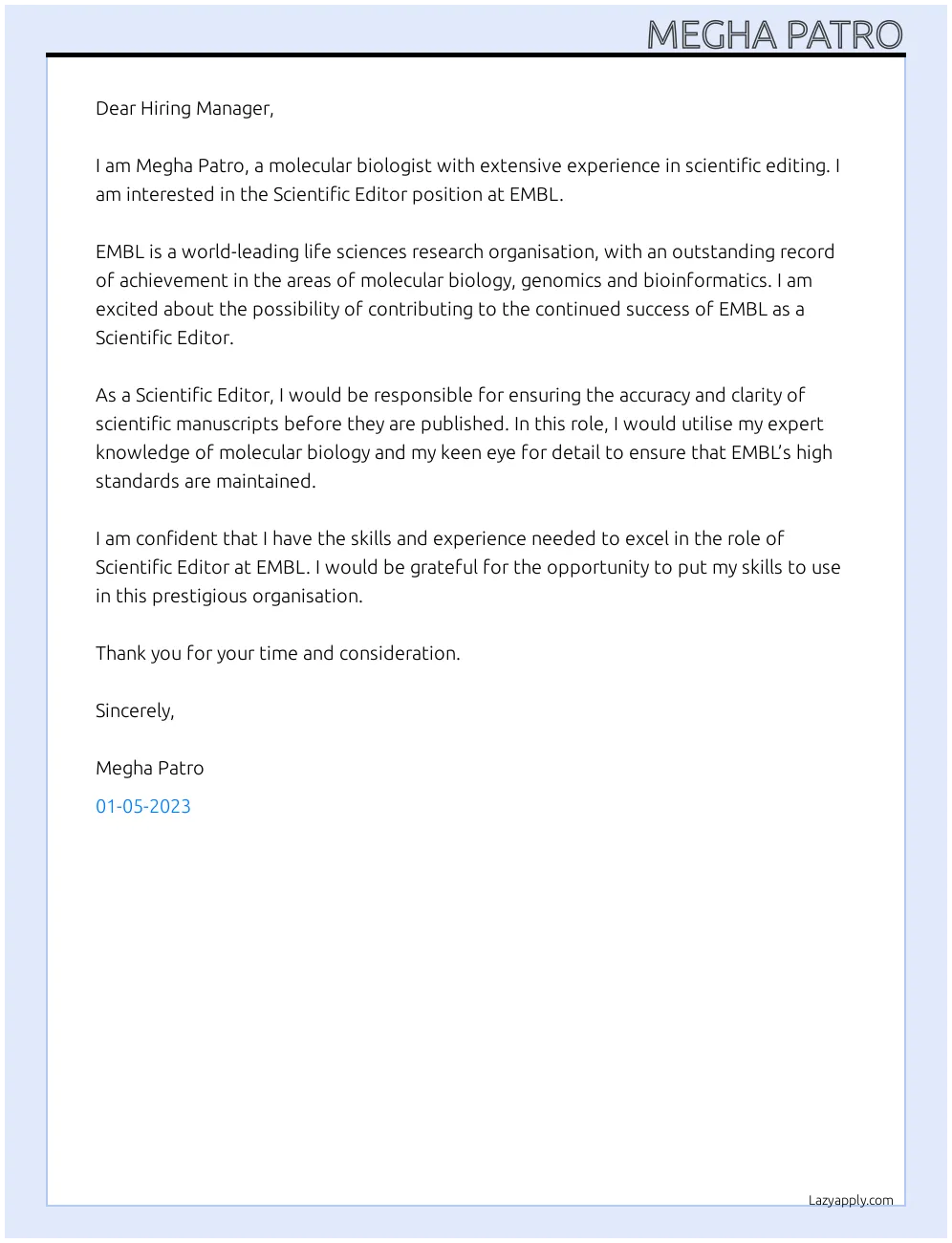
Several common mistakes can undermine your cover letter and negatively impact your submission. Being aware of these pitfalls can help you avoid them.
- Generic or template cover letters: Tailor each letter to the specific journal and manuscript.
- Typos and grammatical errors: Proofread carefully, or have someone else review it.
- Lack of clarity and conciseness: Be direct and to the point.
- Failure to address the journal’s scope: Ensure your research aligns with the journal’s focus.
- Ignoring the editor’s name: Addressing the editor by name, if known, is more personal.
- Overly enthusiastic or unprofessional tone: Maintain a professional and respectful demeanor.
Proofreading and Editing
Before submitting your cover letter, thoroughly proofread it for any errors. Check for spelling mistakes, grammatical errors, and punctuation issues. Consider having a colleague or mentor review your letter to provide feedback and catch any mistakes you might have missed. A second pair of eyes can often identify areas for improvement and ensure your letter is polished and professional. Proofreading is an essential step in the process.
Finalizing and Submitting Your Cover Letter
Once you are satisfied with your cover letter, finalize it and prepare it for submission. Make sure the letter is properly formatted and that you have included all the necessary information. Double-check that you have attached the correct files (manuscript, figures, supplementary data, etc.) according to the journal’s submission guidelines. Follow the journal’s submission instructions carefully, and submit your manuscript with confidence, knowing you have prepared a professional and compelling cover letter.
By following these guidelines, you can create a cover letter that effectively introduces your research, highlights its significance, and increases your chances of publication. Remember, a well-crafted cover letter is a crucial component of a successful manuscript submission.
